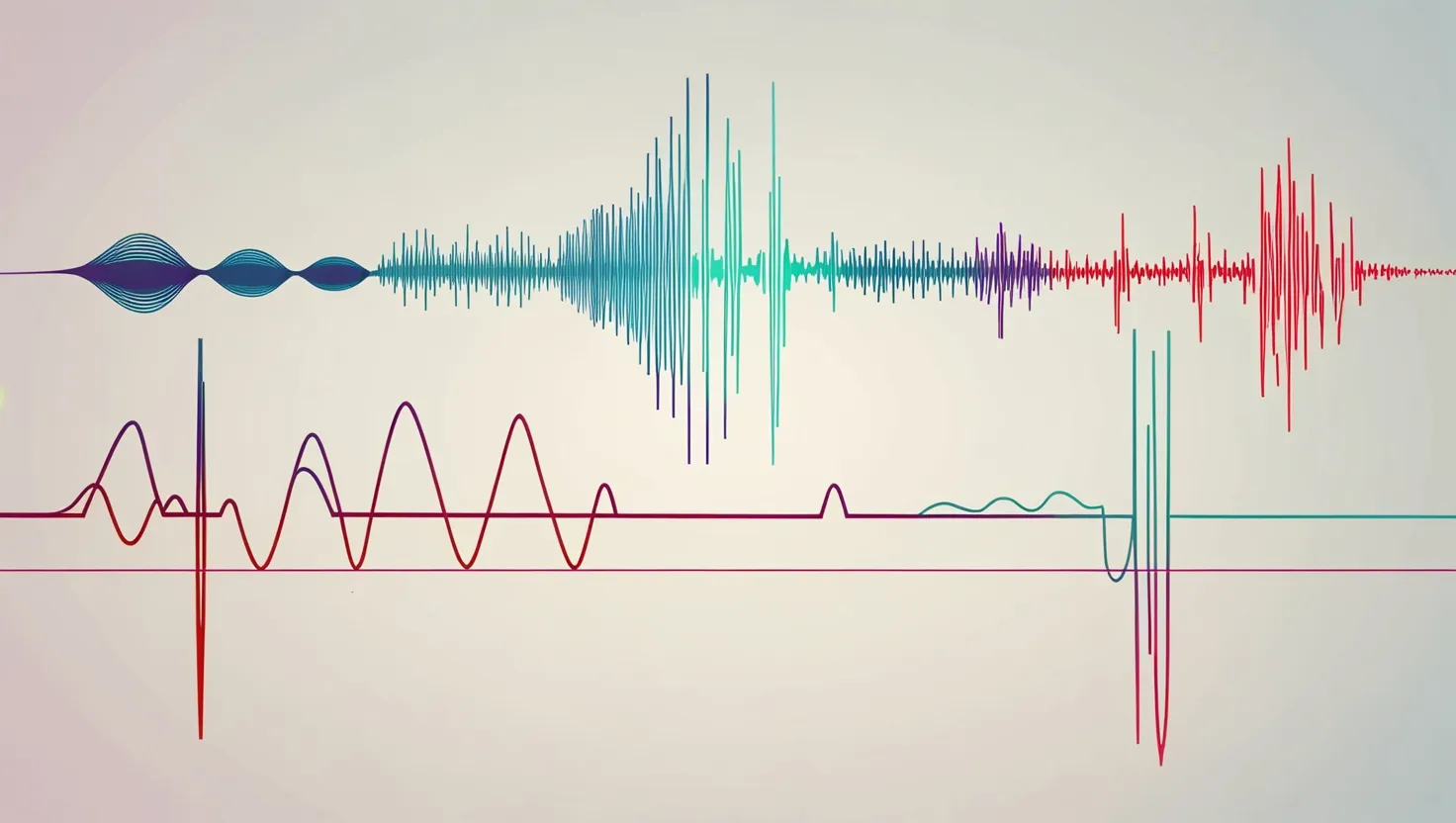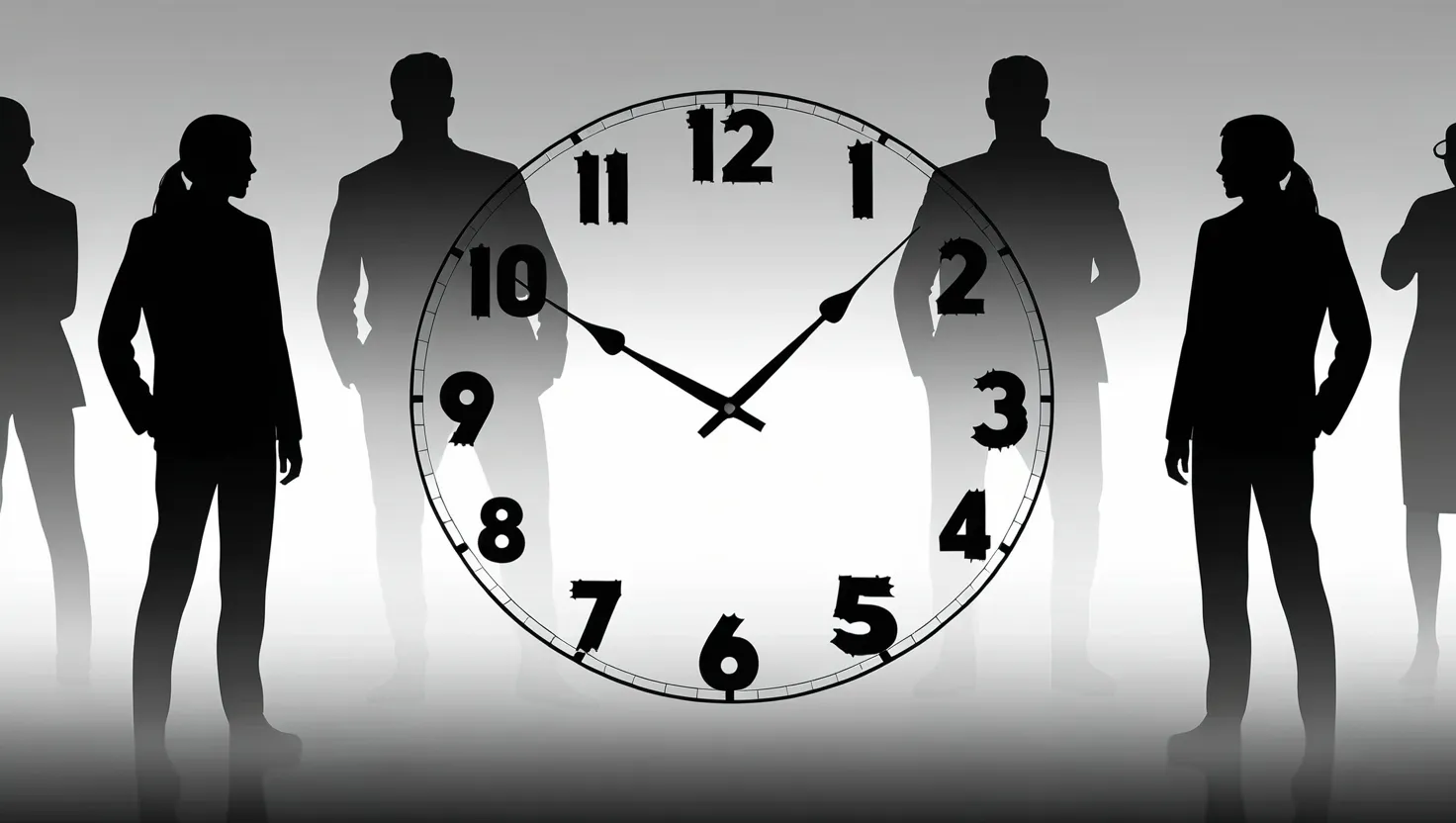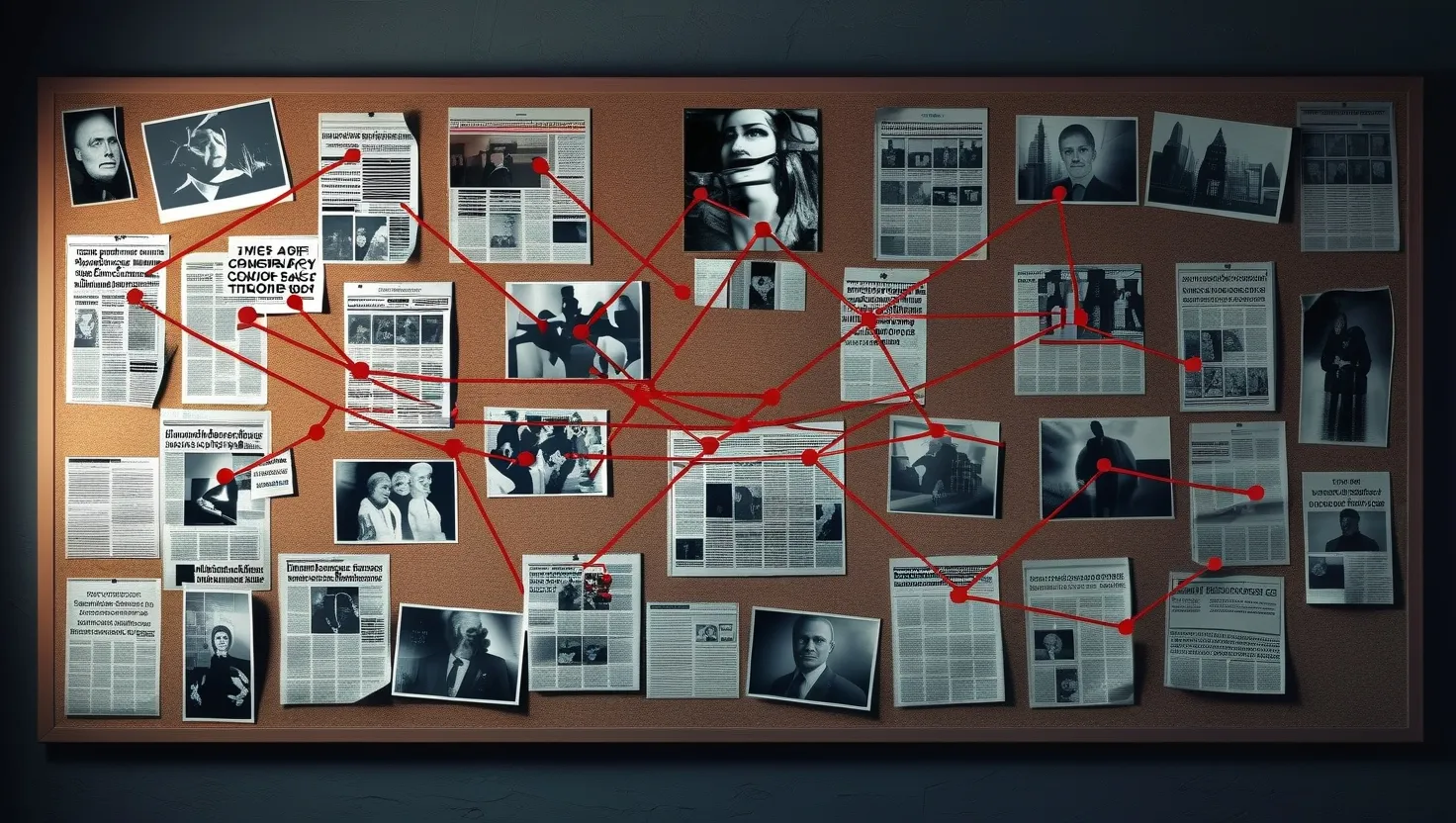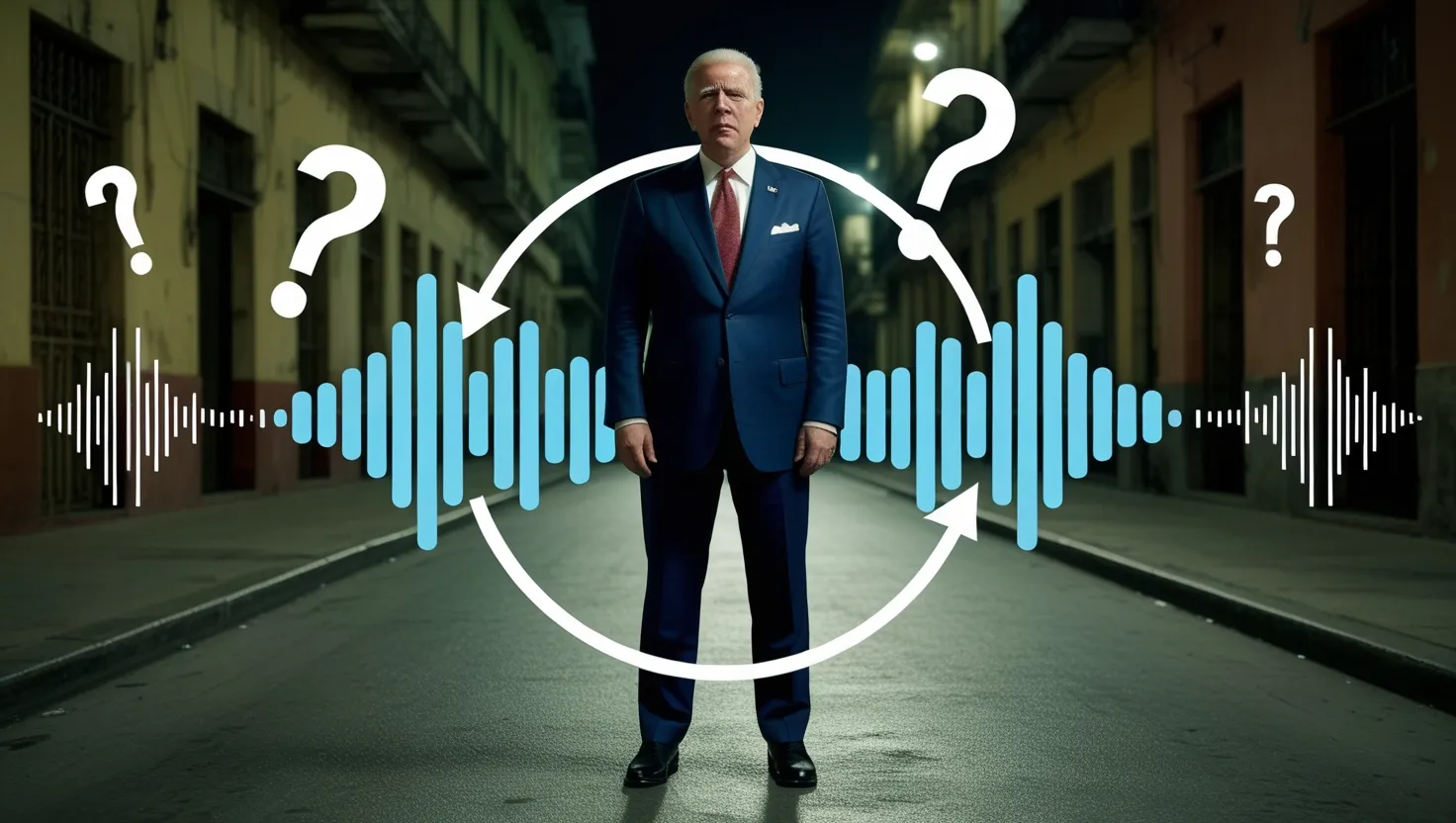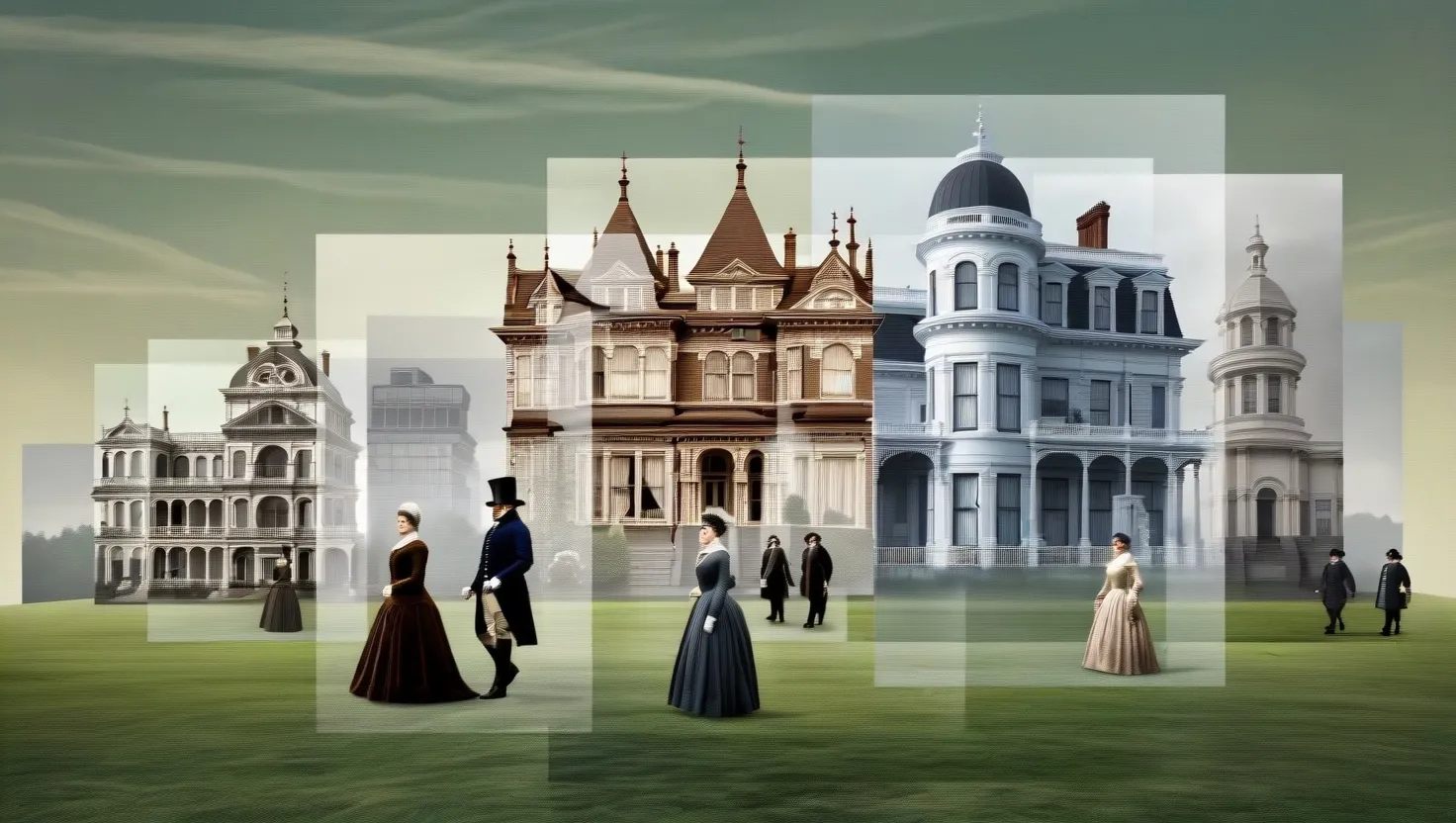The Illuminati has become one of those mythical entities that seem to weave through every conspiracy theory out there. Everyone’s heard of it — a secret society pulling the strings of world leaders, financial moguls, and even your favorite pop stars. But where did this captivating idea even come from? Let’s dive into the backstory, the evolution of this myth, and why it still grips our imagination.
Back in 1776, a Bavarian university professor named Adam Weishaupt had this grand idea. Inspired by the values of enlightenment — you know, reason, science, and progress — Weishaupt dreamt up the Illuminati as a society aimed at promoting these ideals. The group took a lot of cues from the Freemasons, with its secretive nature, hierarchical structure, and mysterious rituals. Though some influential thinkers of the time got involved, how deeply they were entangled remains a topic of debate.
This original version of the Illuminati didn’t have a long lifespan. By the late 1780s, Karl Theodor, Duke of Bavaria, had banned the group, effectively snuffing out its activities. Most historians agree that was the end of the road for the real Illuminati. But, as you’d expect, that wasn’t the end of the story.
The 1960s were a wild time for counterculture, and it was during this era that the Illuminati myth went viral, thanks in large part to Robert Anton Wilson’s “The Illuminatus Trilogy.” His novels painted a vivid picture of a powerful secret group manipulating world events. People loved it. Along with a mix of other writings and even some deliberate hoaxes, this idea picked up steam.
Fast forward to today, the idea of the Illuminati has taken on a life of its own. Theories swirl around that this shadowy cabal is controlling everything from governments and financial institutions to Hollywood itself. Practically every public figure has been accused of being a member at one point or another, from presidents to pop stars.
While there’s no solid evidence to support these grand claims, they continue to persist. Why? Part of it lies in human nature. We’re wired to find patterns and assign meanings, which would’ve been great for dodging saber-toothed tigers but can lead us to see connections that aren’t really there. Our brains seek agency behind random events, making the idea of a controlling power almost irresistible.
These tendencies are just human nature, not flaws. They help us make sense of the world. But when combined with real-world complexities and opaque power structures, they can sometimes lead us down the rabbit hole of conspiracy theories.
The modern belief in the Illuminati highlights a broader societal concern: the opaque nature of real-world power. Yes, there are powerful elites and influential corporations affecting global events. However, their influence is usually more complicated and dispersed than the Illuminati myth would have us believe. Identifying and understanding these power dynamics requires a nuanced approach, rather than a simplistic secret-society story.
Historically, the fear of secret societies isn’t new. Even in the late 1700s, people blamed the Illuminati for things like the French Revolution. Moving into the 20th century, ideas about a “New World Order” started circulating, positing that a global elite was on the verge of establishing total world dominance. The United Nations and other major institutions often found themselves in the crosshairs of these theories.
So, what does this all mean today? The Illuminati story highlights our need for transparency and accountability in an increasingly complex world. While it’s healthy to question the influence of powerful groups, it’s vital to ground these questions in actual facts, not speculation. The world is complex, and simplifying it through tales of secret control doesn’t do justice to the real, nuanced dynamics at play.
In the end, the Illuminati myth offers a fascinating look into how legends evolve and capture our collective imagination. Understanding the psychological and social forces at play can help us better navigate the tangled web of modern conspiracy theories. By recognizing our natural tendencies to seek out patterns and assign agency, we can approach these stories with a healthier dose of skepticism and focus on uncovering the actual power structures that shape our world. This approach can lead to more informed discussions about who holds power and how they wield it in today’s world.

